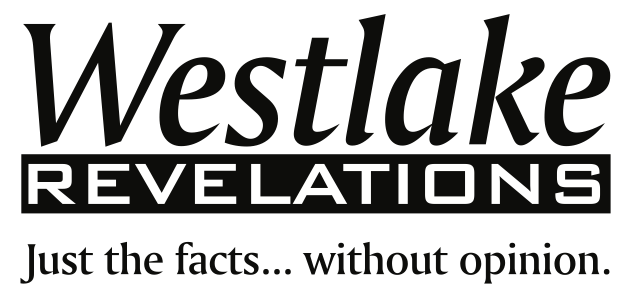Synopsis
With the central conversation for many being the economy, there’s a lot of discussion about budgets and spending in state and city government, as well as schools and other public organizations. One of the things that’s difficult for many to understand is how money can be spent in one area, when cuts are made in another.
In reality, there are different “pots of money” within these public entities. And, they are intentionally kept separate and cannot be intermingled.
For example, at the city level, monies may be required to be spent upgrading roads while there may not be monies in other places. Or, for schools, there may be bond monies for buildings or technology, even in the face of teacher pay cuts or layoffs. With costs dropping, it can even save money if this restricted money is spent during a down economy.
Full Article
Unlike the private sector, the public sector has a number of controls on spending. This is to make sure that monies are spent in a specific way. These types of funds are called “restricted” or “categorical” revenues. Whereas “General” funds are not restricted in their use, and can be used at the discretion of a governing body (e.g., city council, school board, etc…)
At the city level, transportation is a good example. The City receives money from the state for use in transportation programs, but it can only be used for that (e.g., senior and teen taxi and airport shuttles). Or, the City received a grant for the rubberized asphalt, but it can only be used for that specific purpose. Other examples include monies just for law enforcement enhancement, and if not used for there, it would just sit unused.
While there had been talk at the state level of lifting some of the restrictions on local schools, the State ended up not doing that. If it had, it wouldn’t have provided more money, but it could have provided more flexibility to an organization like the school districts to decide for themselves how to use money. The districts say this could have helped minimize job losses or student impact. Examples of this come in a couple of different forms. Some options, like delaying purchase of new textbooks may only work for a year or two, but eventually has a negative impact if continued. Others give even more and longer term benefits.
Even so, certain things, like a bond measure that raise money for specific things, won’t be able to change due to the nature of what they are. In the case of our local communities, an example would be LVUSD’s Measure G money being spent for construction projects, or technology. In some cases, spending this money now will actually save the school district money because construction costs have dropped during the downturn. Measure E, and the Four Cities agreement supporting the schools are other examples of monies that can only be used for very specific things.
So, the next time you see spending in one place, while money is needed elsewhere, there’s a good chance that it is coming from a different “pot of money”.


